The Audi Quattro, Lancia Delta HF and Peugeot 205 GTi have soared in value in recent years, not just because of the surge in demand for 1980s performance cars but also because of their relationship with the most fondly remembered era of the World Rally Championship: Group B.
But what of the cars spawned from that thrilling category’s successor, Group A? Clean, early examples of the Audi Coupé, Subaru Impreza and Toyota Celica are remarkably easy to find and available for a relative pittance, but one from this period is quickly entering the upper echelons of cult car desirability: the insane Ford Escort RS Cosworth.
Click here to buy your next used car from Autocar
Here was an affordable family car modified to accelerate as fast as the Ferrari Testarossa, hit 150mph and tackle some of the most brutal terrain international motorsport had to offer.
Underneath its outlandish, oh-so-1990s bodywork are evolutions of the engine and four-wheel drive system that underpinned its legendary Sierra predecessor, with Cosworth’s revered YB turbocharged four-cylinder unit uprated to the tune of 224bhp.
The 2500 homologation specials that came first used the same colossal Garrett turbo as Ford’s formidable Group B racer, the RS200, while later cars got a less laggy smaller unit that improved usability and was a lot less prone to spontaneous combustion.
Much is also made of homologation cars’ underseat water injection system, but it was only put there so that Ford could install a turbo-cooling device in its competition cars and doesn’t make the early Cosworths superior in any way.
The Cossie’s trademark whale tail was the work of young designer Frank Stephenson, who would later prove his affinity for stylistic exuberance with the Maserati MC12 and McLaren P1. Buyers could have it deleted towards the end of the car’s life, but you’ll struggle to find an unspoilered example these days.
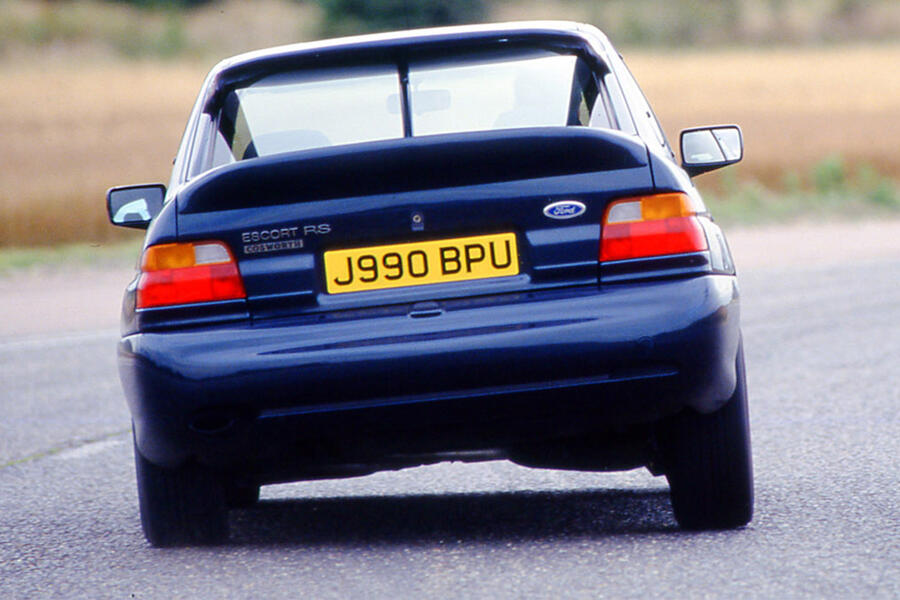

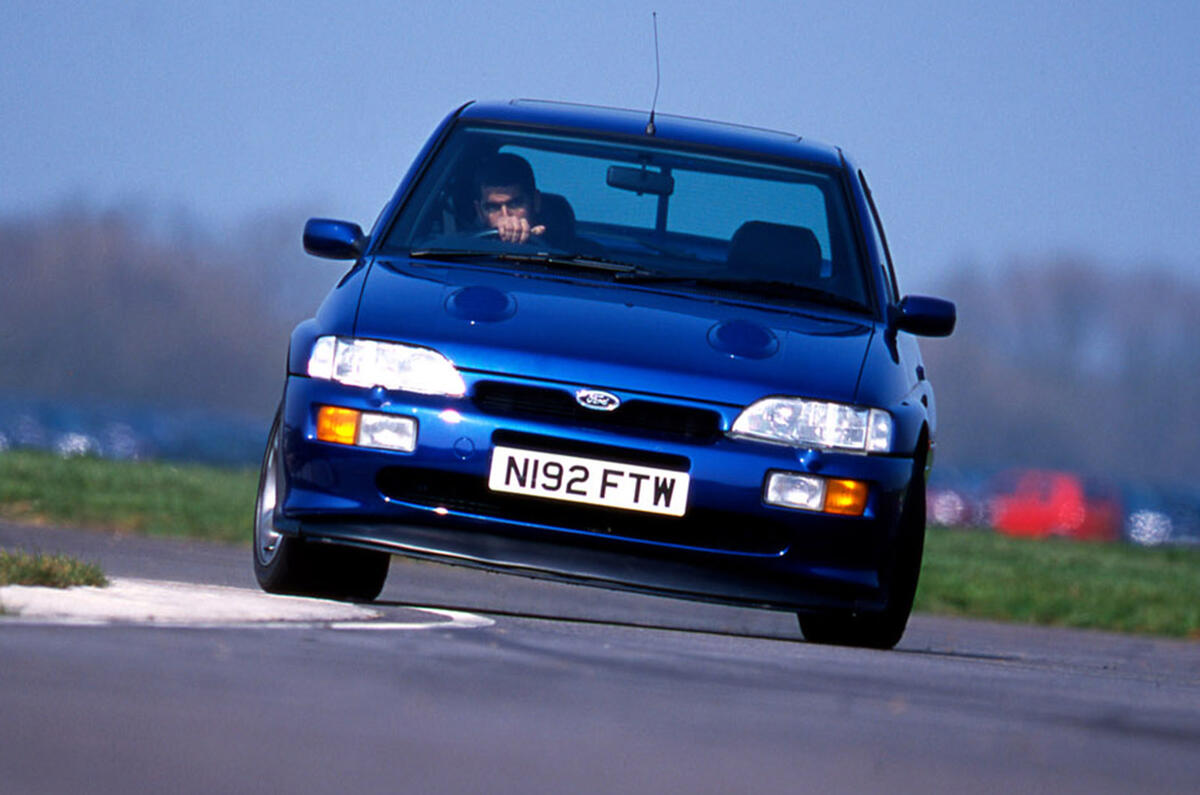
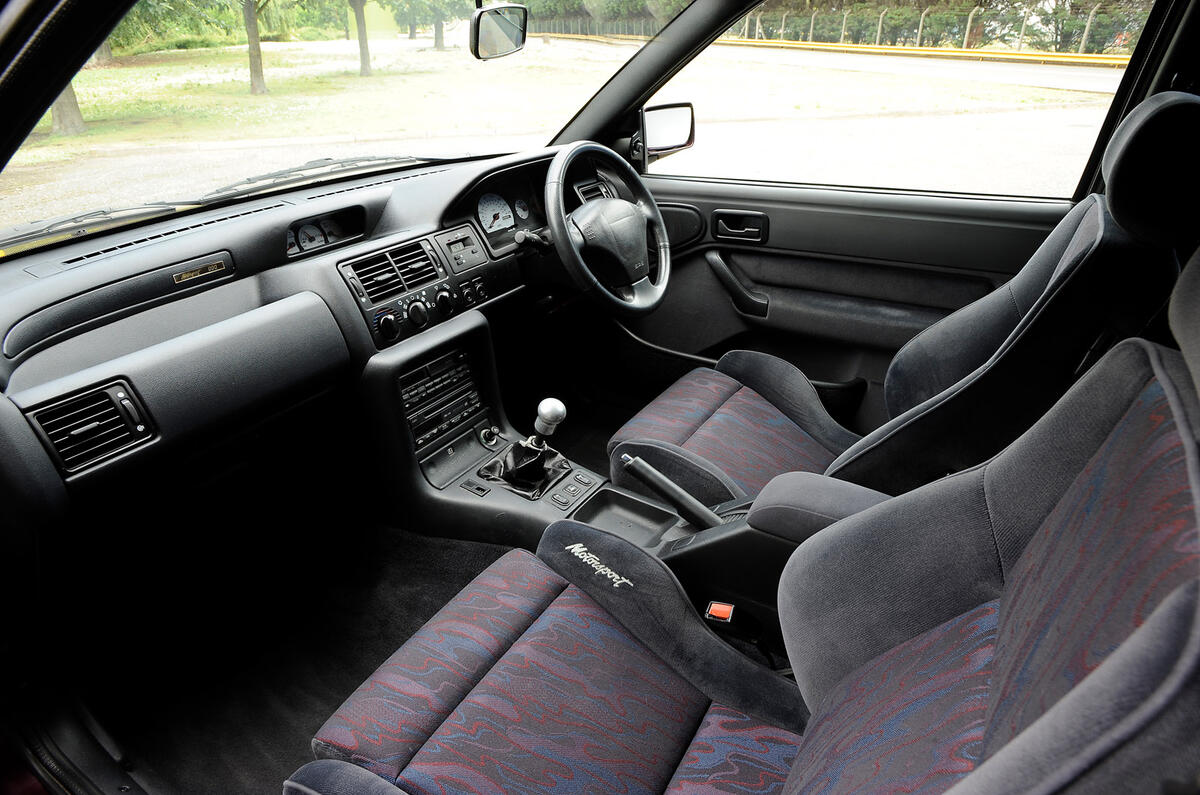
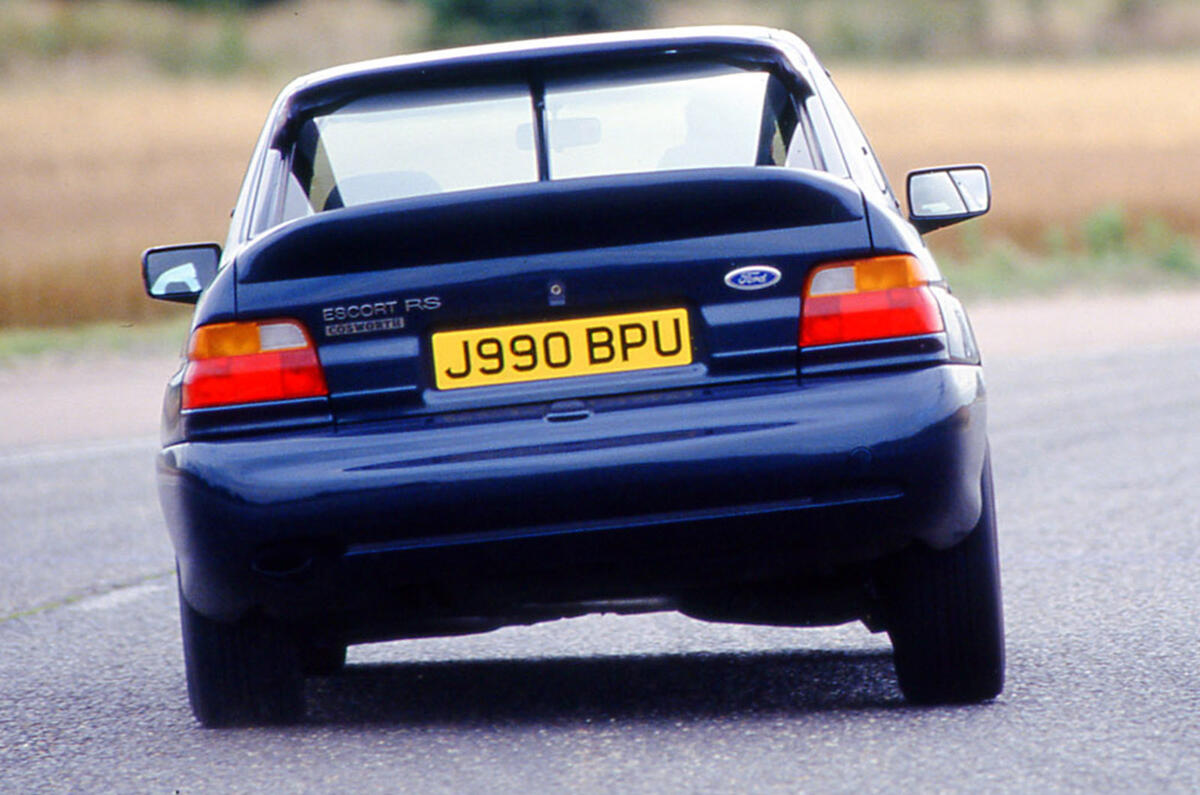
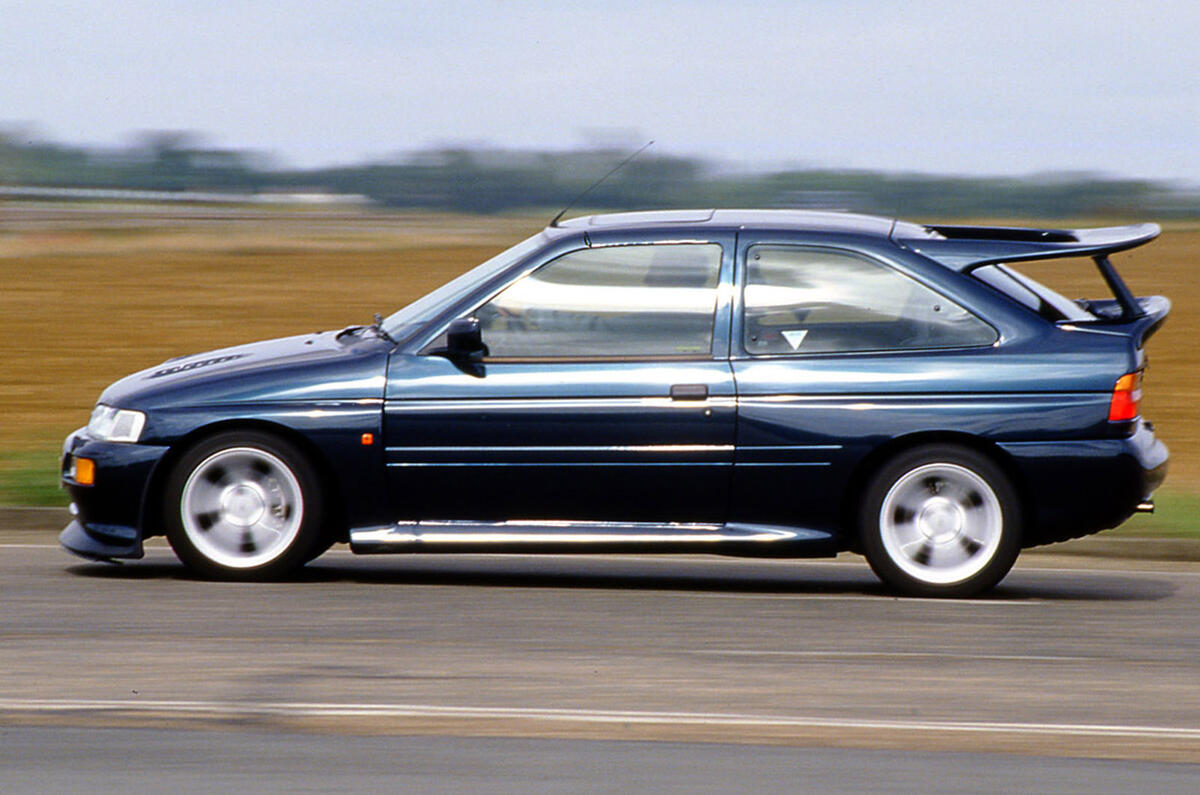
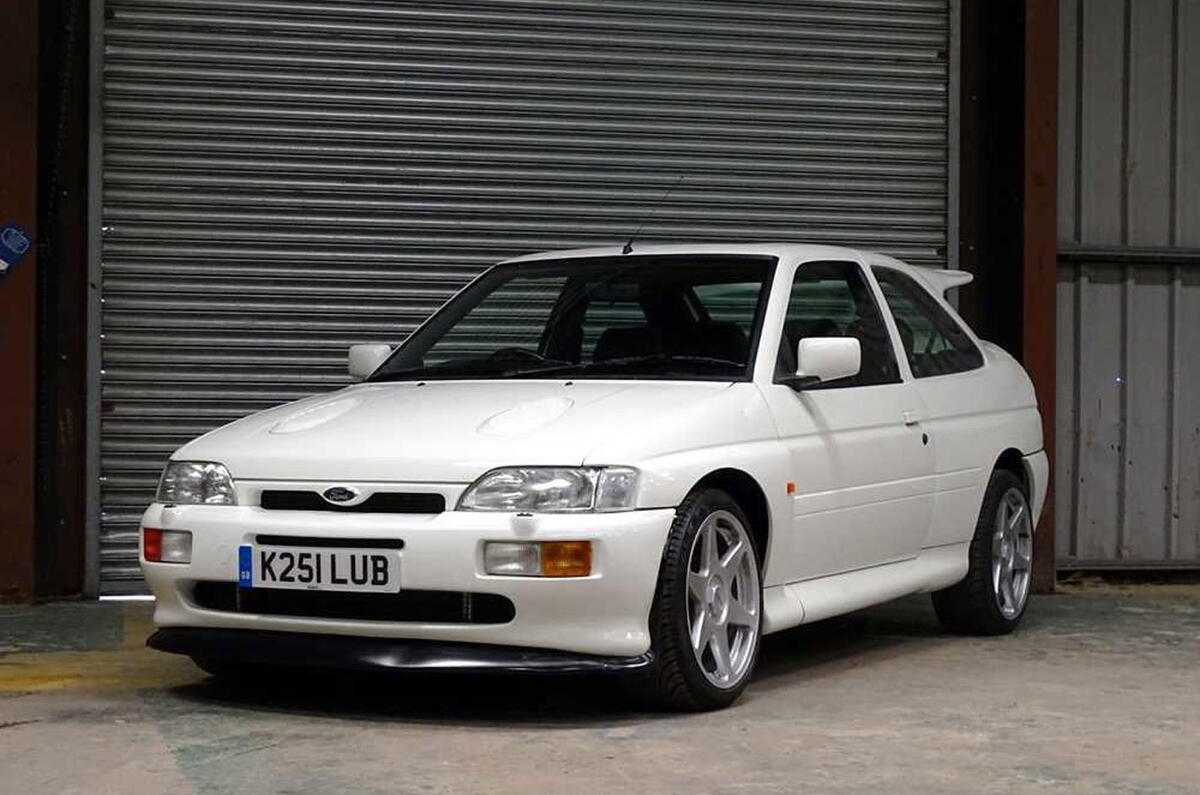
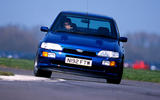
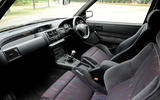

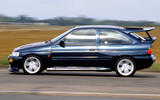
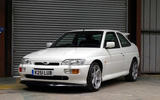

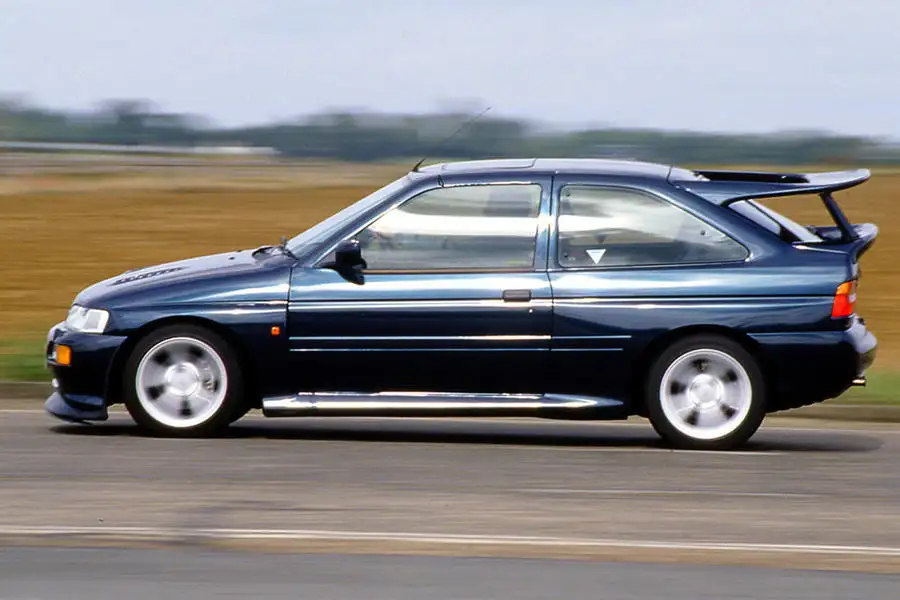
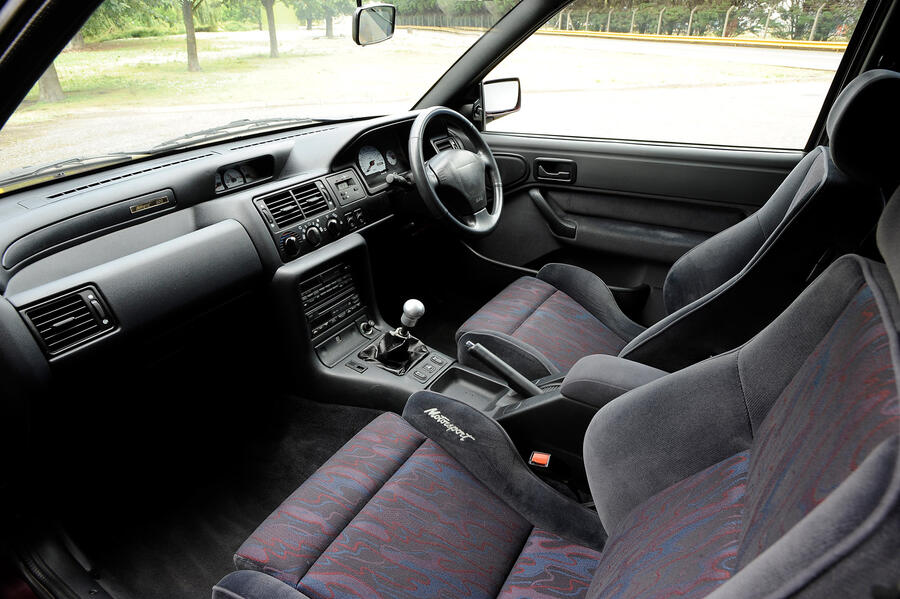
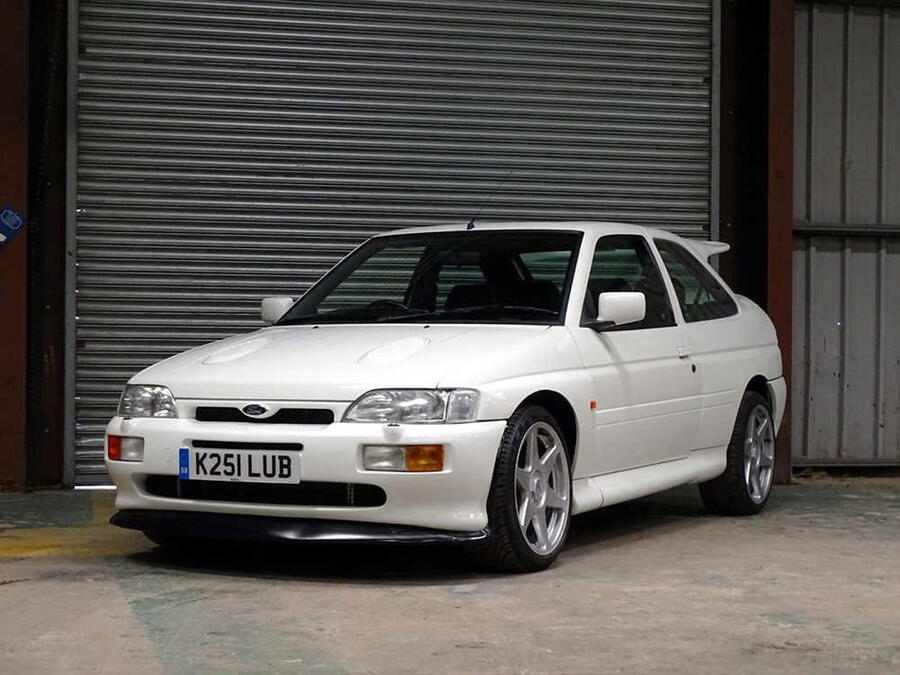





Join the debate
Add your comment
Felix Page thinks the Lancia
Felix Page thinks the Lancia Delta HF has soared in recent years? Group A era Integrales for sure. But not Group B era HF Turbos.
I recall the top speed of the Escort Cosworth being 137mph according to this magazine. Ford never claimed 150mph.